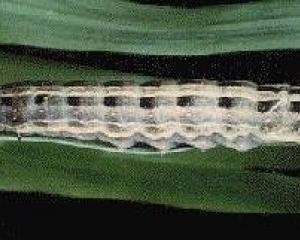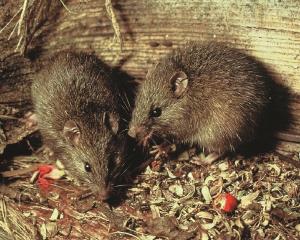
I have as well received through the post consignments of insects in such poor condition that identification to species was almost impossible.
Medically significant pest insects should be placed in a small glass or plastic vial containing 75% ethanol or methylated spirits. On a small piece of paper, write in pencil the date, location where found, any significant information regarding the specimens, and the collector’s name and address. Put this in the small vial with the specimens, and then wrap several layers of sellotape around the side of the cap and the top of the vial, to prevent leakage of spirits.
Next, place the vial containing the specimens in a larger plastic bottle with some crumpled up newspaper in the bottom, sitting it upright on the paper in the middle of the larger bottle. Pack bubble-wrap or balls of screwed-up newspaper around its sides to hold it in place. Continue packing screwed-up newspaper or bubble-wrap over the top of the small bottle right up to the mouth of the larger bottle. Then screw on the larger bottle’s lid, adding several layers of sellotape across the lid and over the sides of the bottle to make sure the lid does not come loose.
Finally, place the larger bottle and its contents in either a parcel or a courier bag and post it.
Posting live insects: Note also that live, non-pest insects such as small beetles can be sent in a small, flattish, bottle lid in which some live moss has been firmly placed. Put the beetle in here, within a very small cavity among the moss, and then cover the lid all over on all sides with glad-wrap. Next, fold a small piece of note paper and sellotape the lid to the inside fold, place it in an envelope, and then post it. Note that the moss provides support for the beetle as well as moisture and (possibly) oxygen. (Furthermore, be aware that harmless insects placed in small bottles soon die of dehydration. The addition of a soft leaf can usually prevent their death.)












